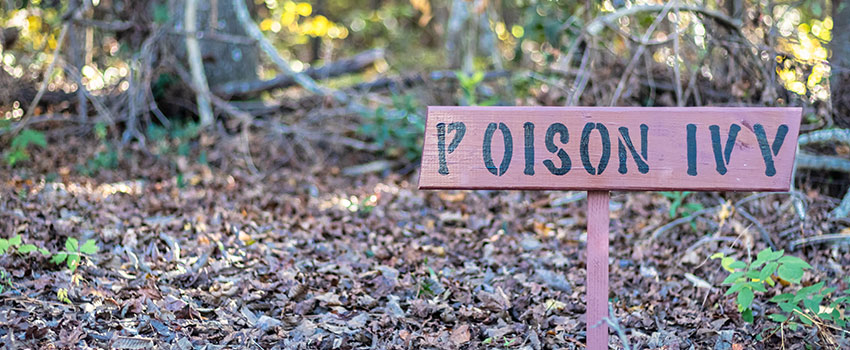How Do I Know if My Rash Is Poison Ivy?

If you have developed a rash, there are many reasons why it may have occurred. Rashes are common symptoms of skin irritation or allergic reactions, but rashes that are related to poison ivy, poison oak or poison sumac are generally more uncomfortable than these other ailments.
These plants are present all over the United States and can often blend in with other foliage, so you can easily miss them if you are not careful. If you have been out in a wooded area and think you may have been exposed, our team at AFC Urgent Care Indian Trail would like to share some ways you might be able to tell if that is the source of your rash.
What Causes Poison Ivy Rashes?
Rashes from poison ivy are caused from an oil that is present on the plants’ leaves, called urushiol. Around 85% of the population is allergic to urushiol, and for these people, when it comes into contact with the skin, it will quickly penetrate the dermal layers and present symptoms around 24 to 72 hours later.
Transmission is most likely if you come into direct contact with the plant, but it can also be transmitted through indirect contact from pets, tools, equipment or other objects that have touched the plant.
Types of Reactive Plants
- Poison ivy
- Poison oak
- Poison sumac
What Are the Symptoms of a Rash From Poison Ivy?
While poison ivy rashes are extremely itchy and uncomfortable, it does help them to be easily identified compared to many other types of rashes.
Some symptoms can indicate that your rash is the result of poison ivy.
Symptoms of Poison Ivy Exposure
- Red patches, lines or streaks on the skin
- Itching
- Swelling
- Blistering throughout the rash
- A burning sensation throughout the impacted area
If your poison ivy has persisted or become severe, we can help you. Contact your AFC Urgent Care Indian Trail team today to schedule an AFC TeleCare appointment.
